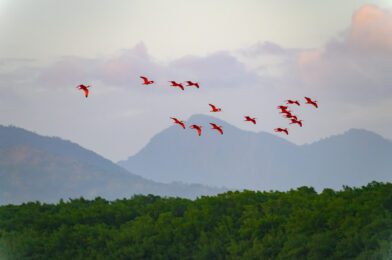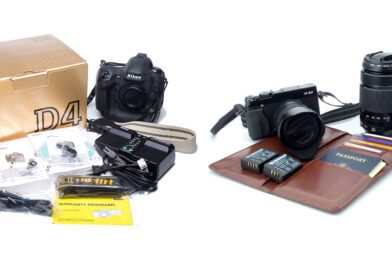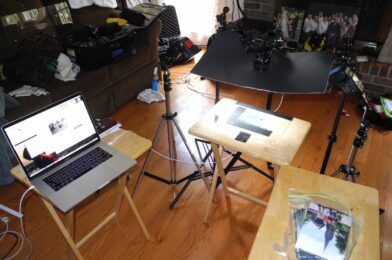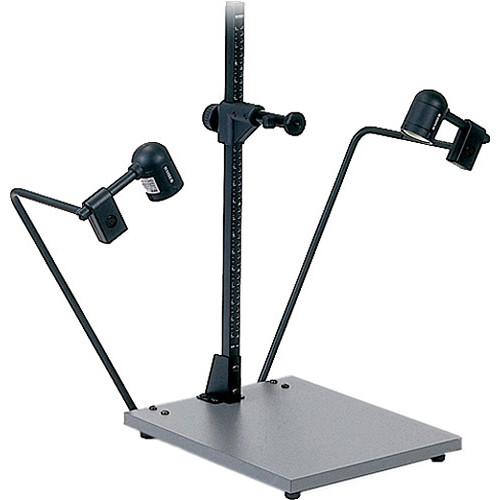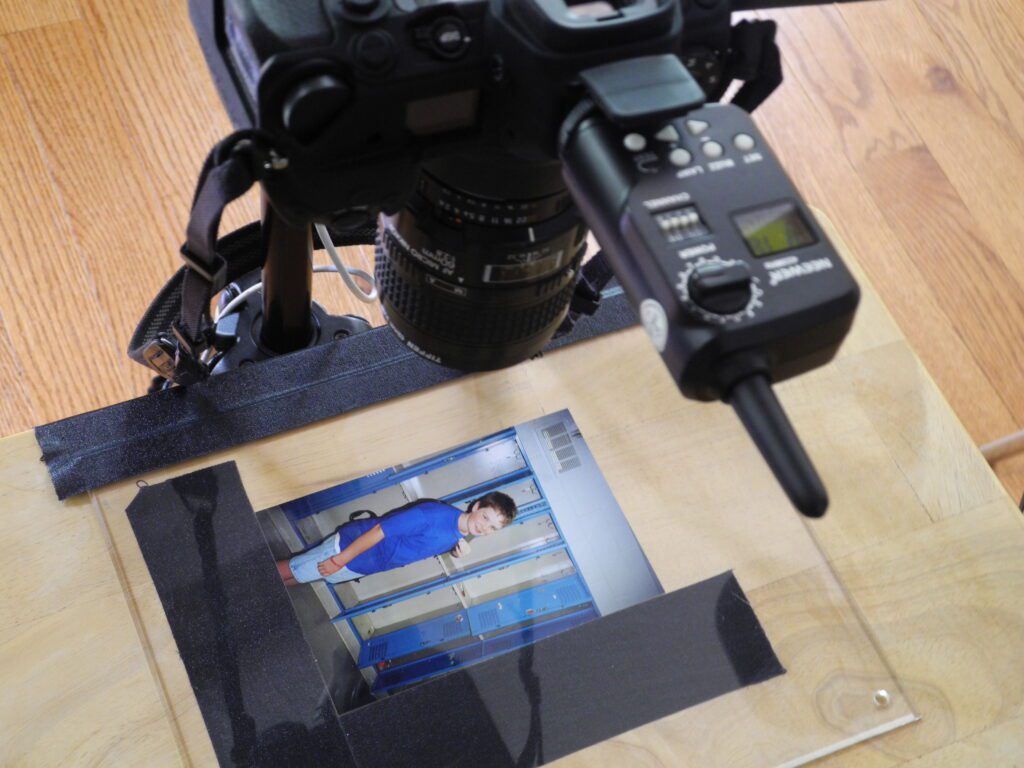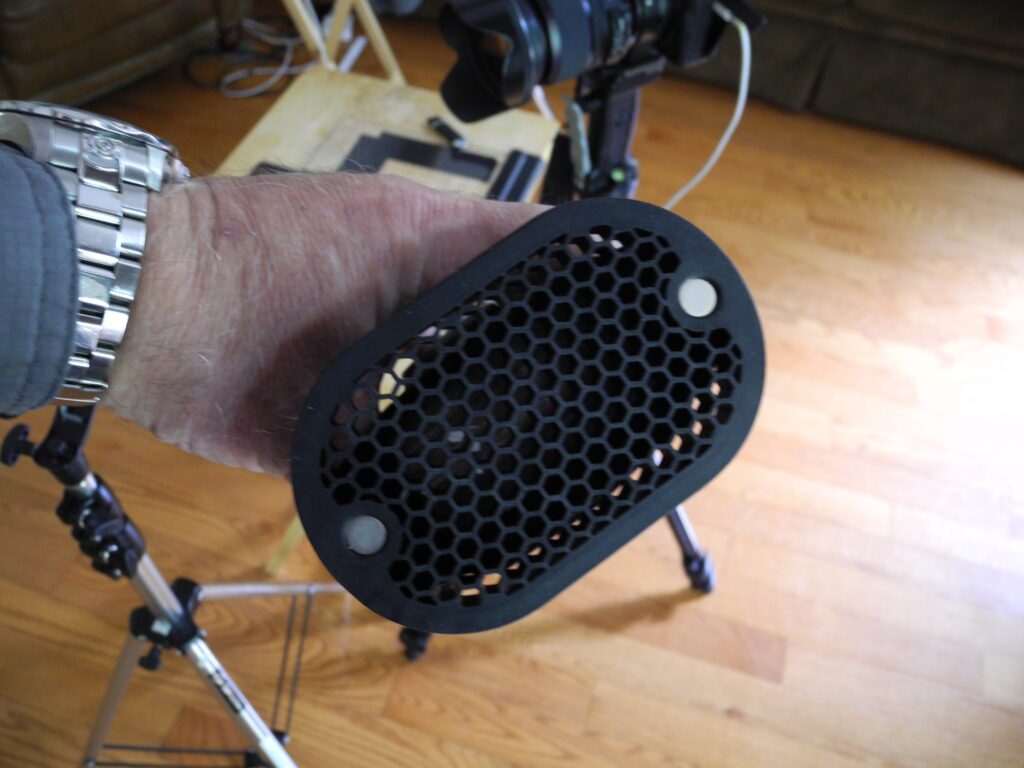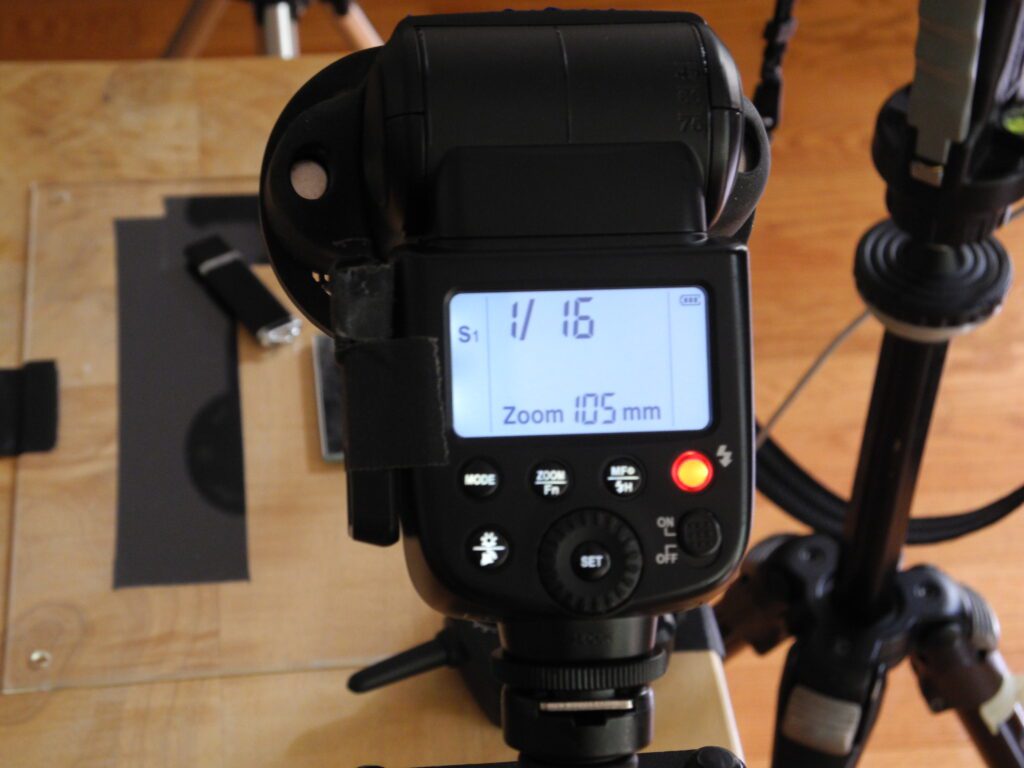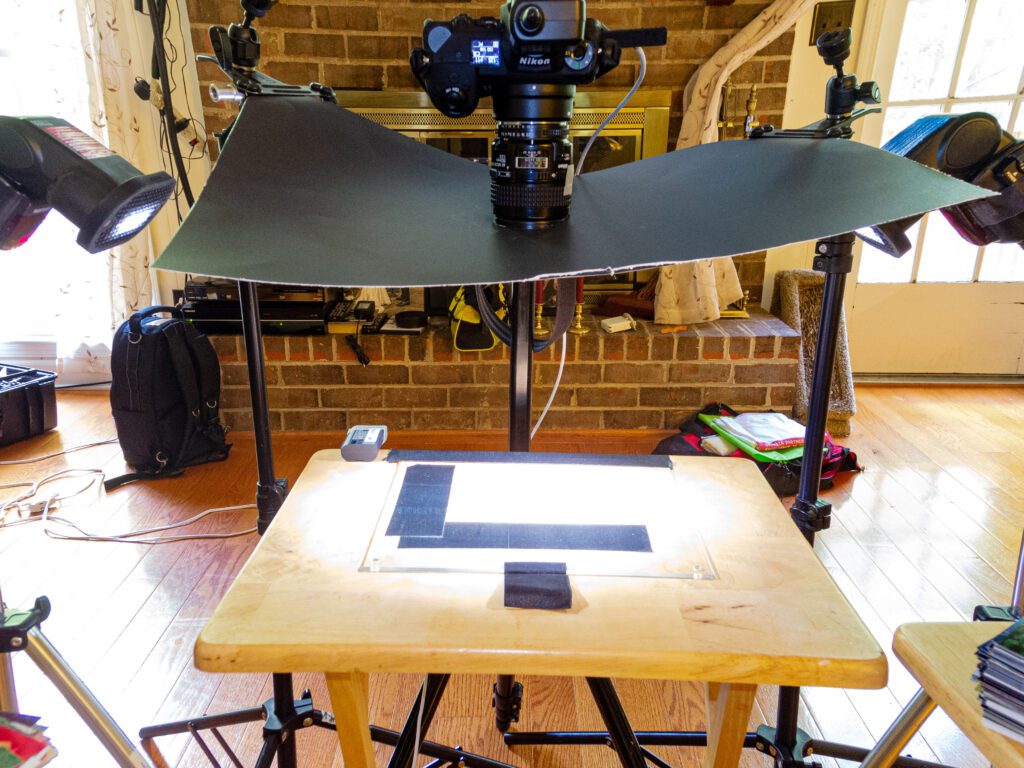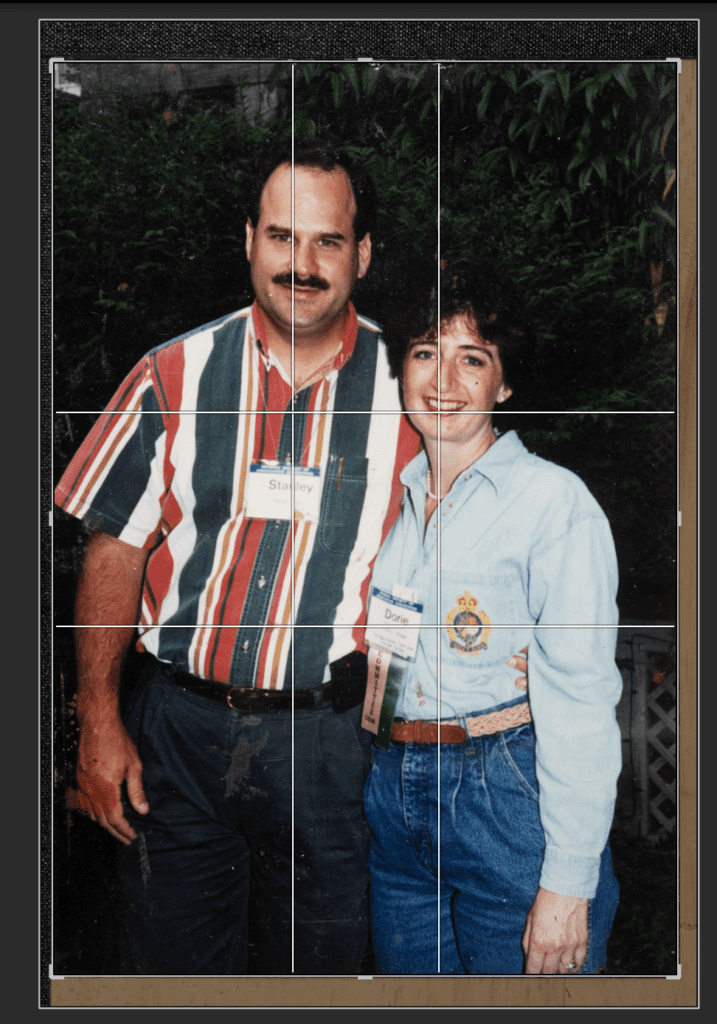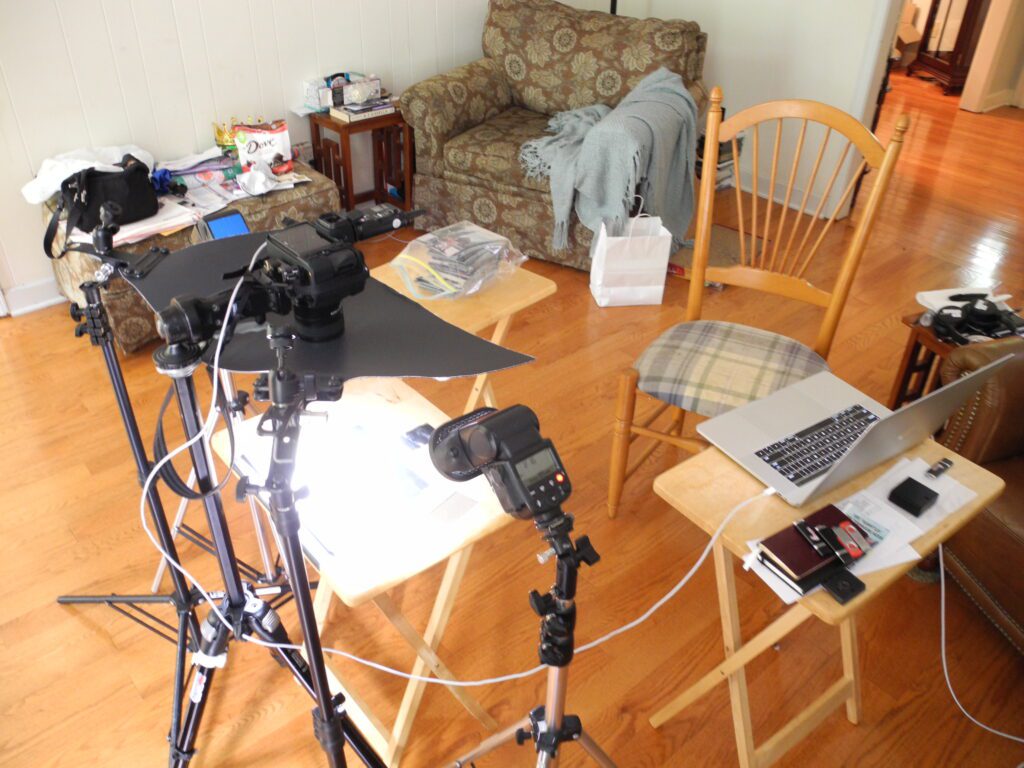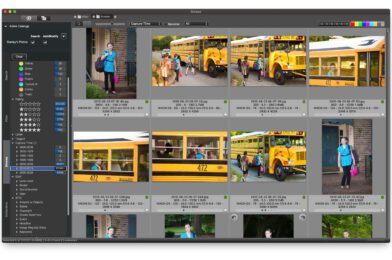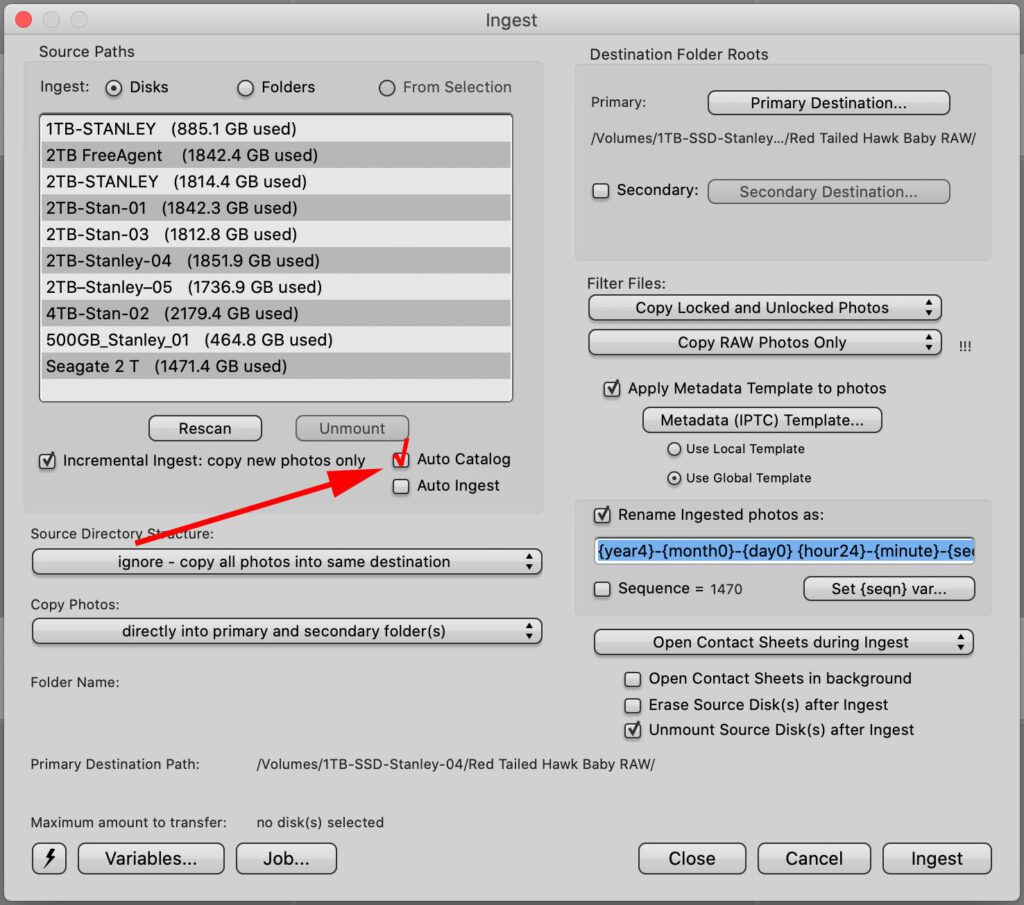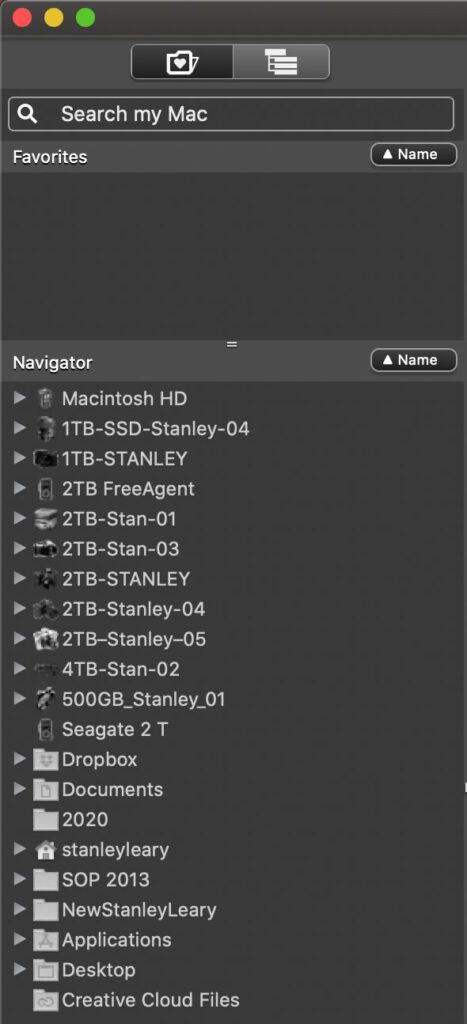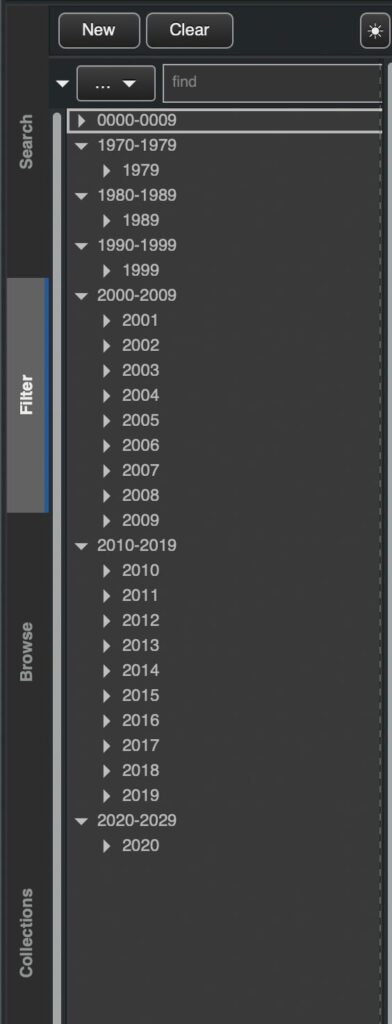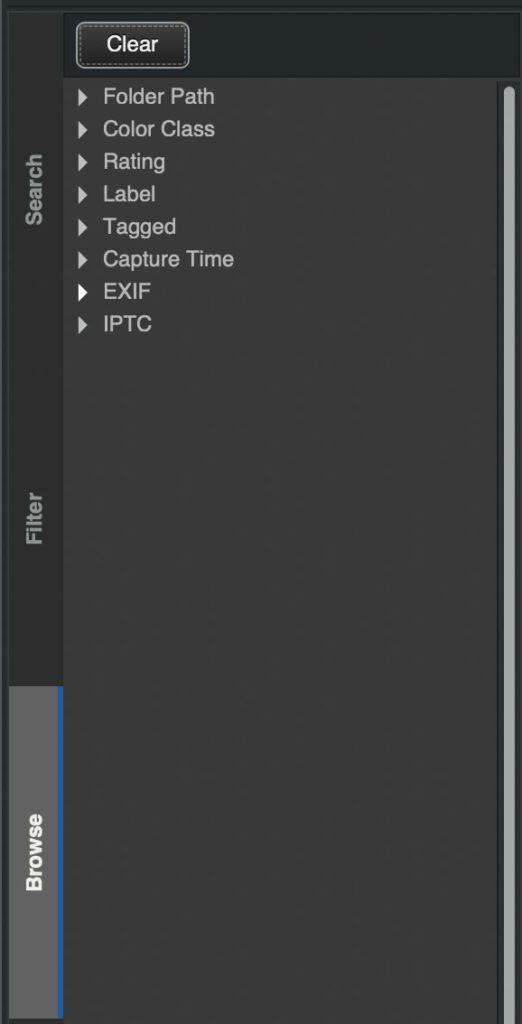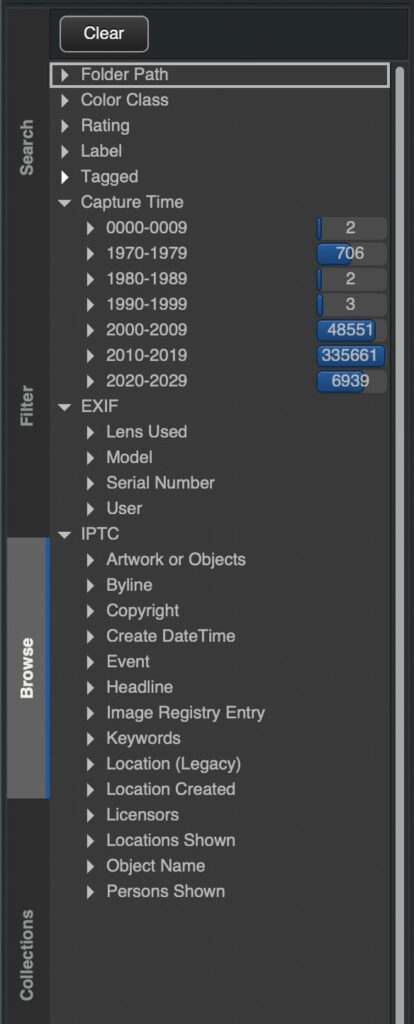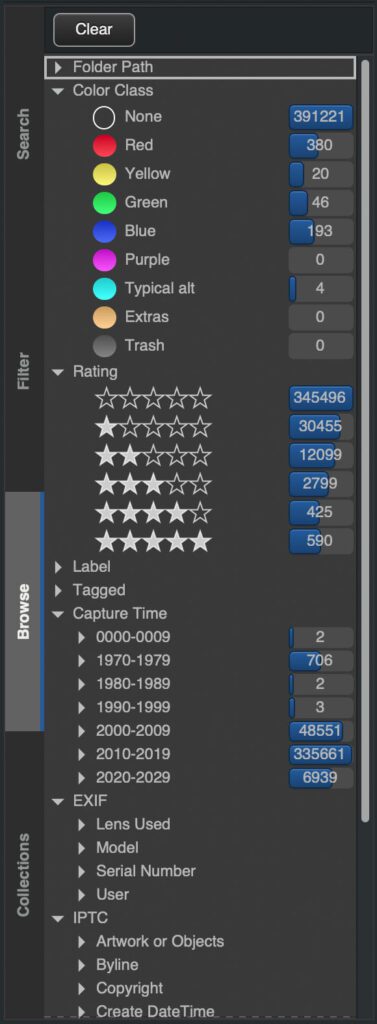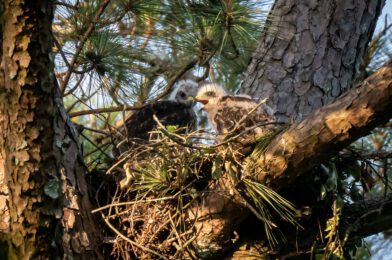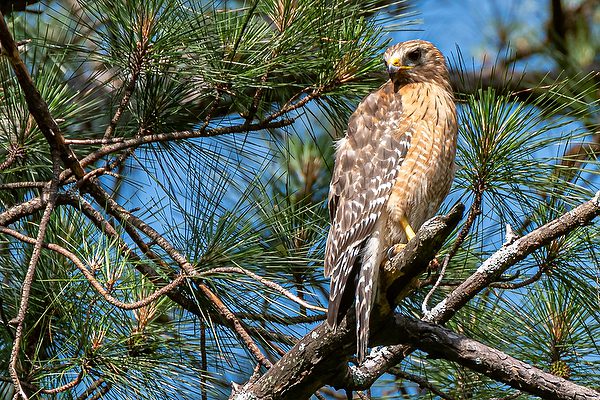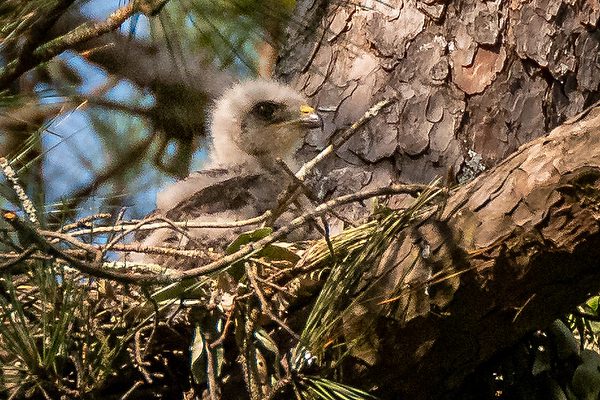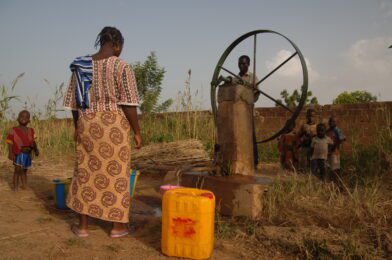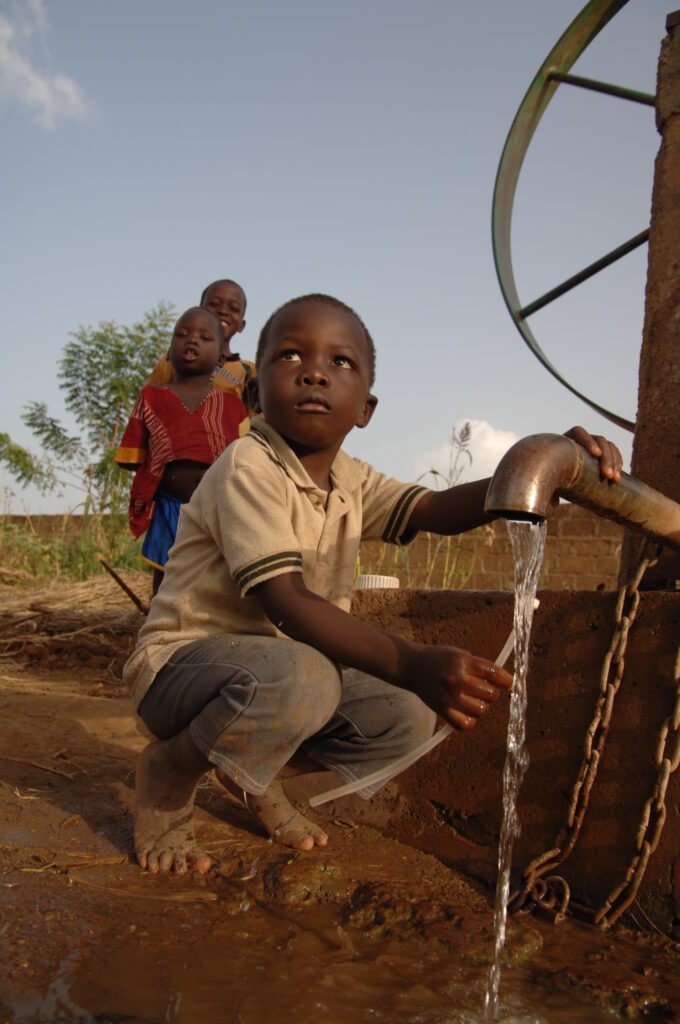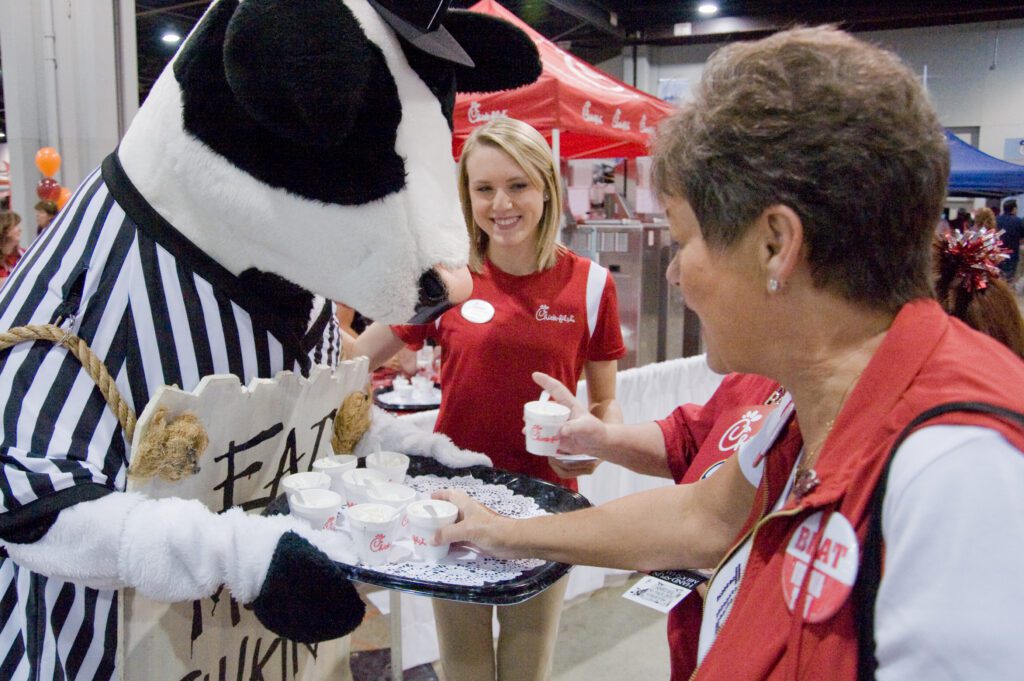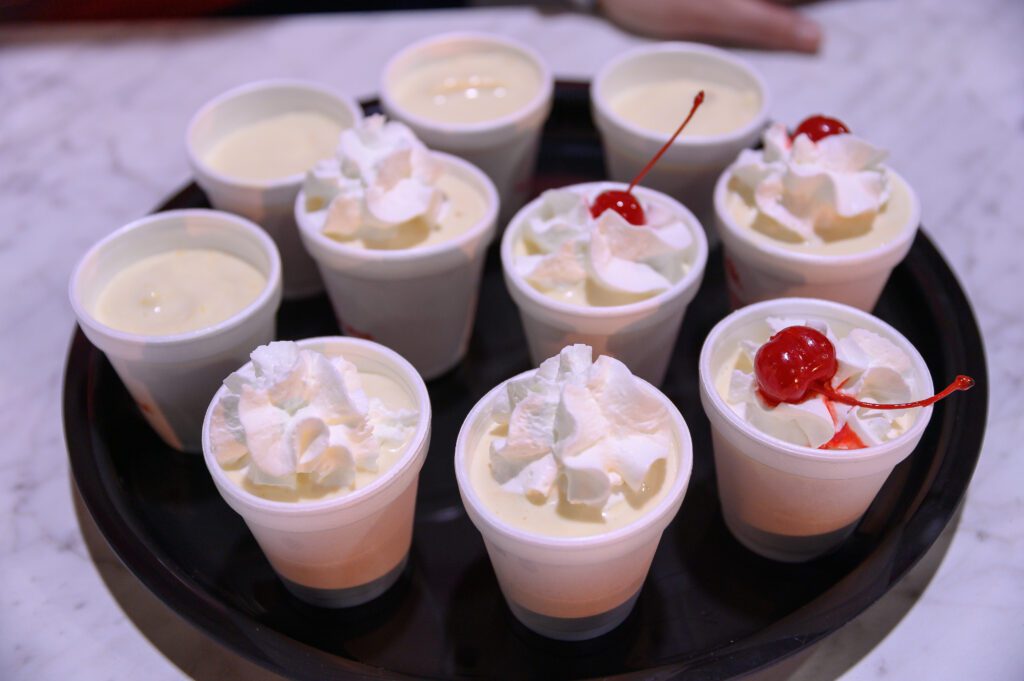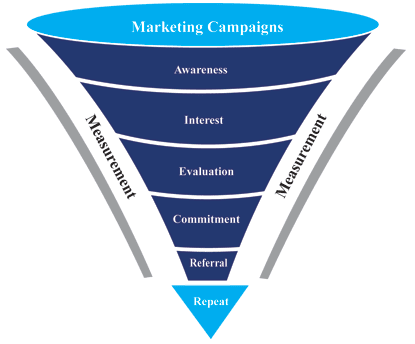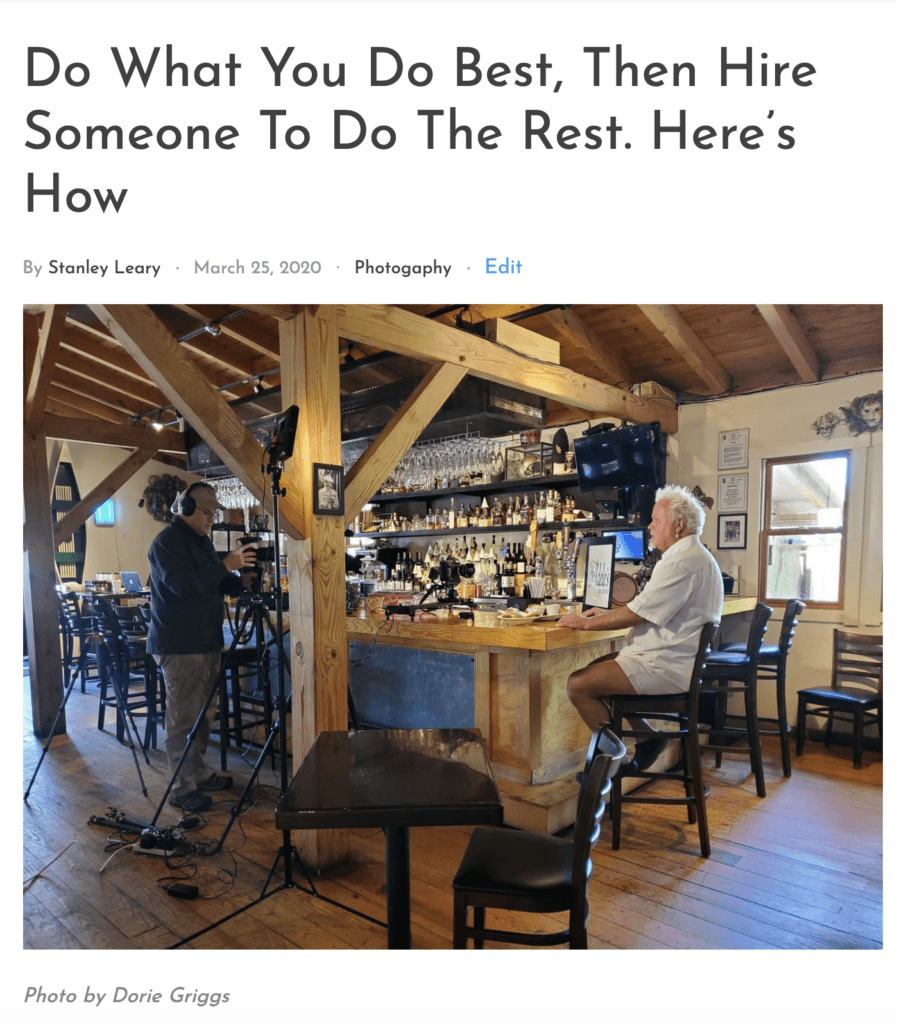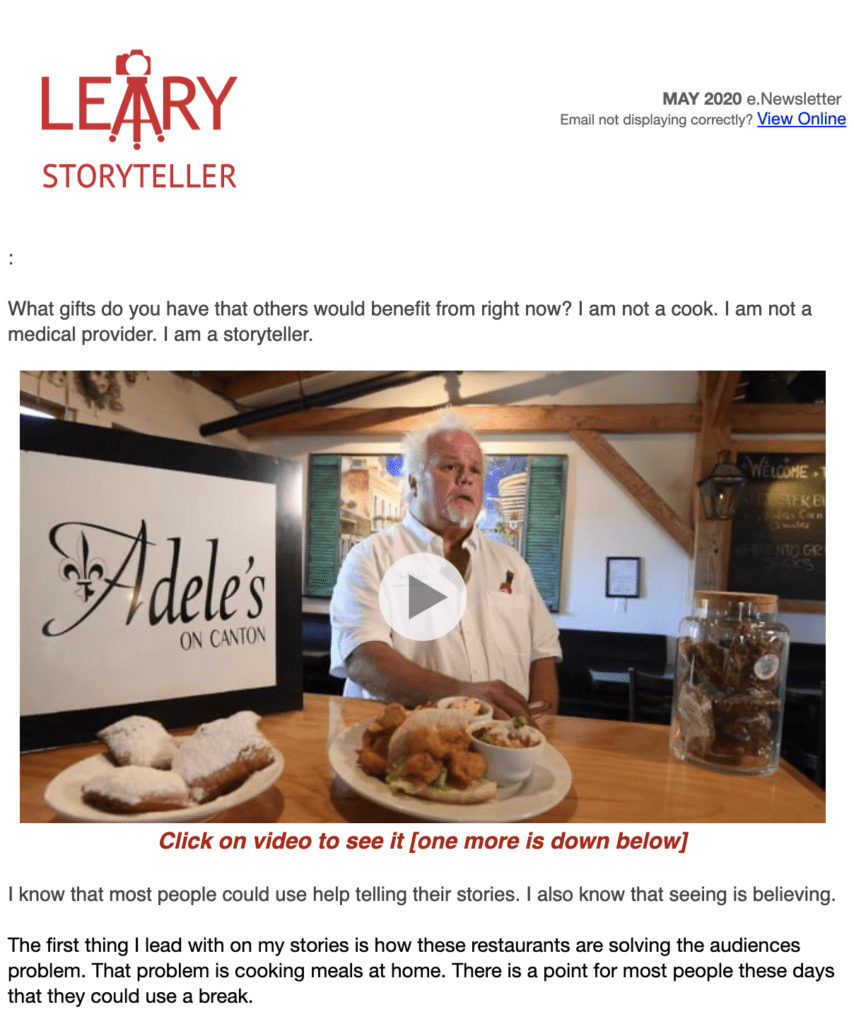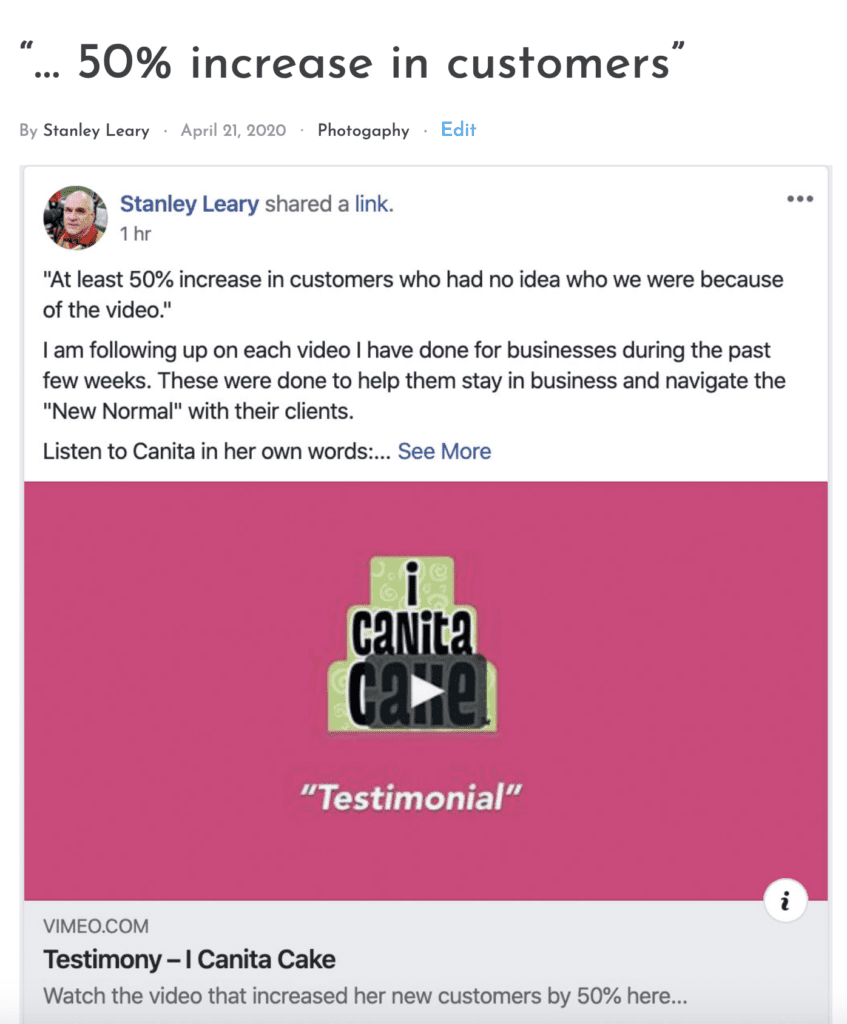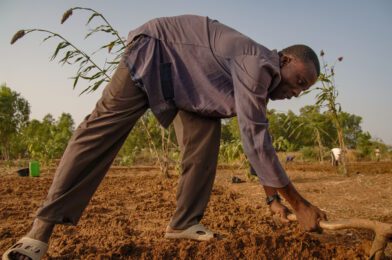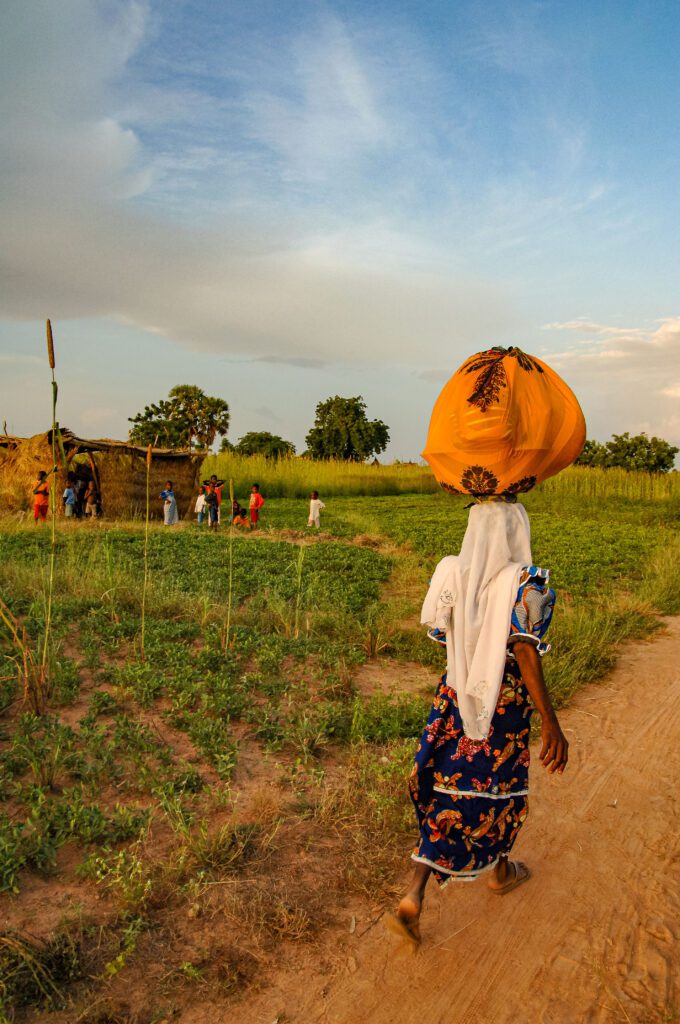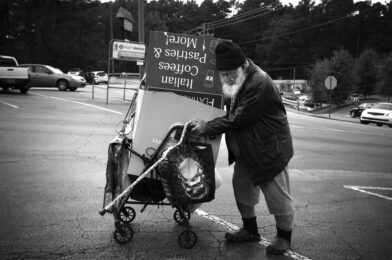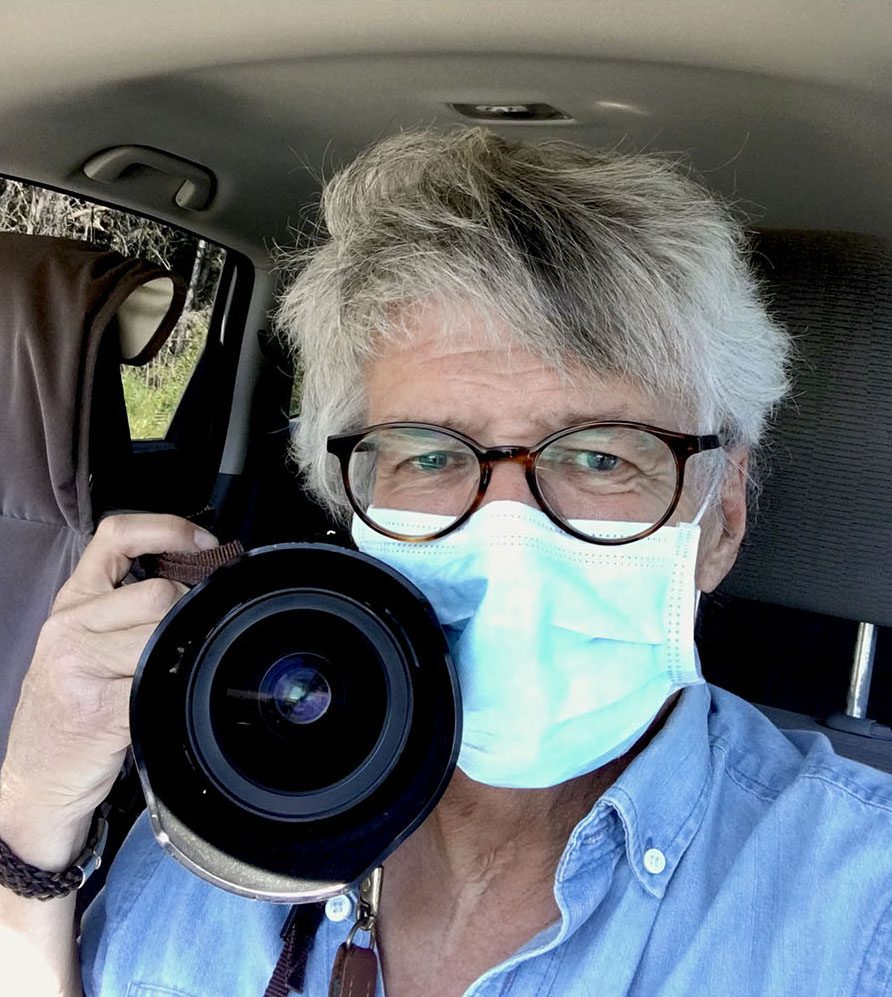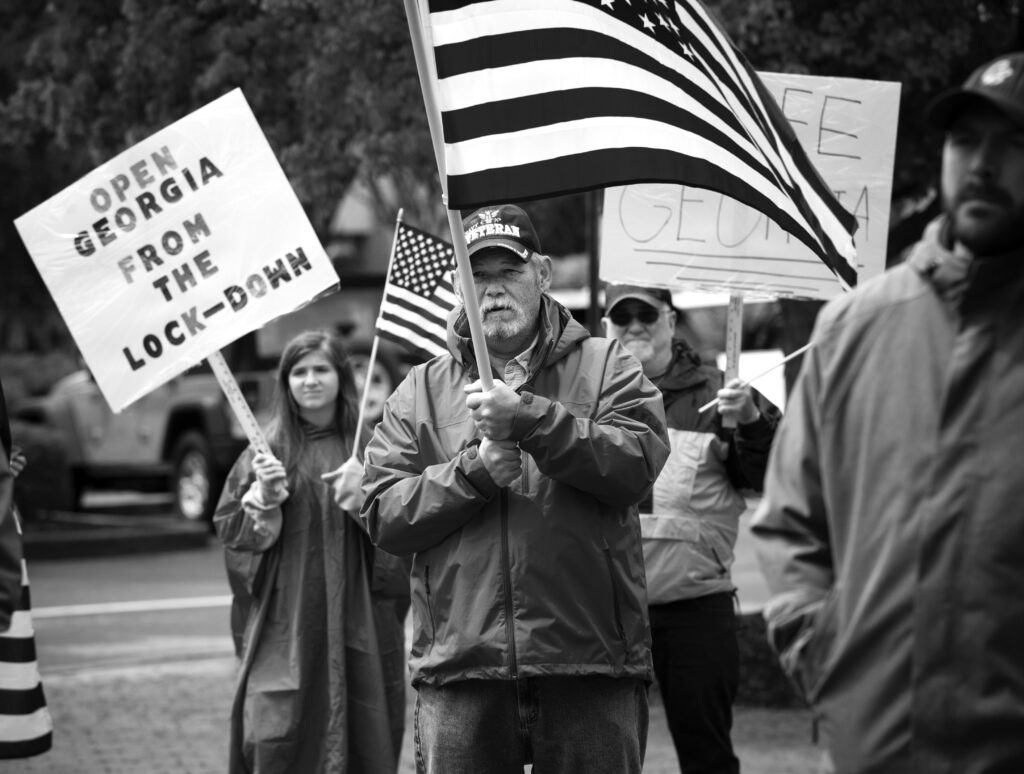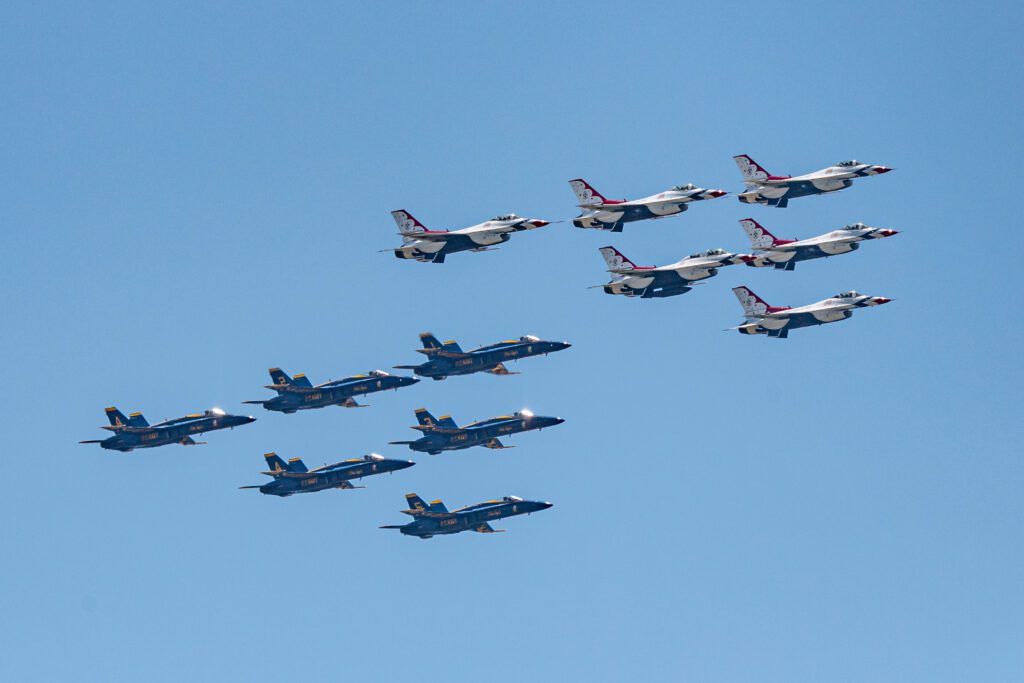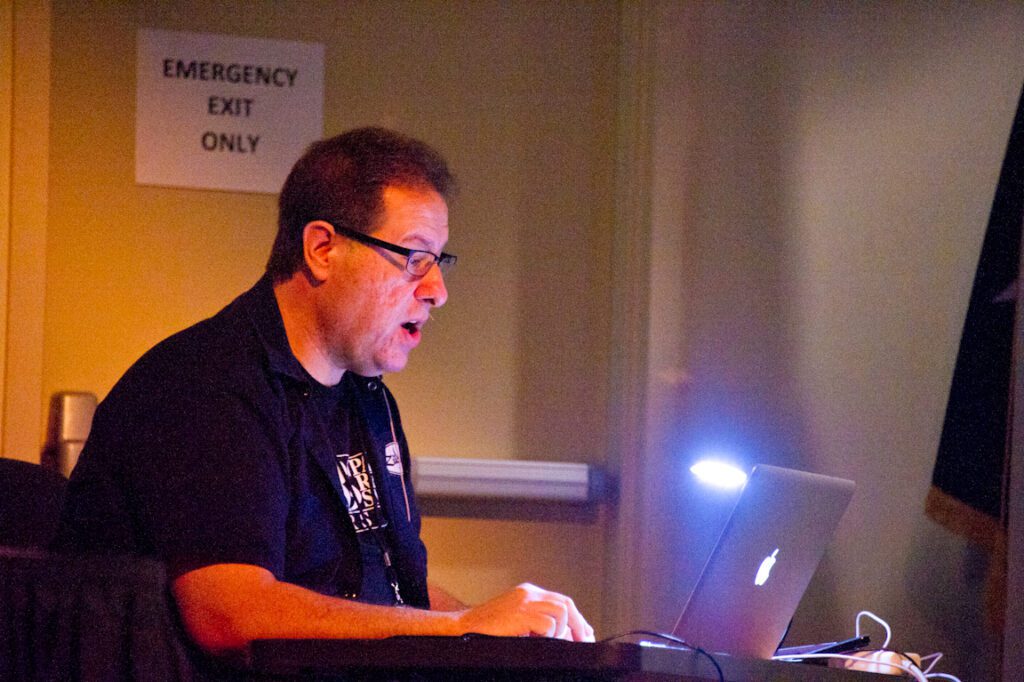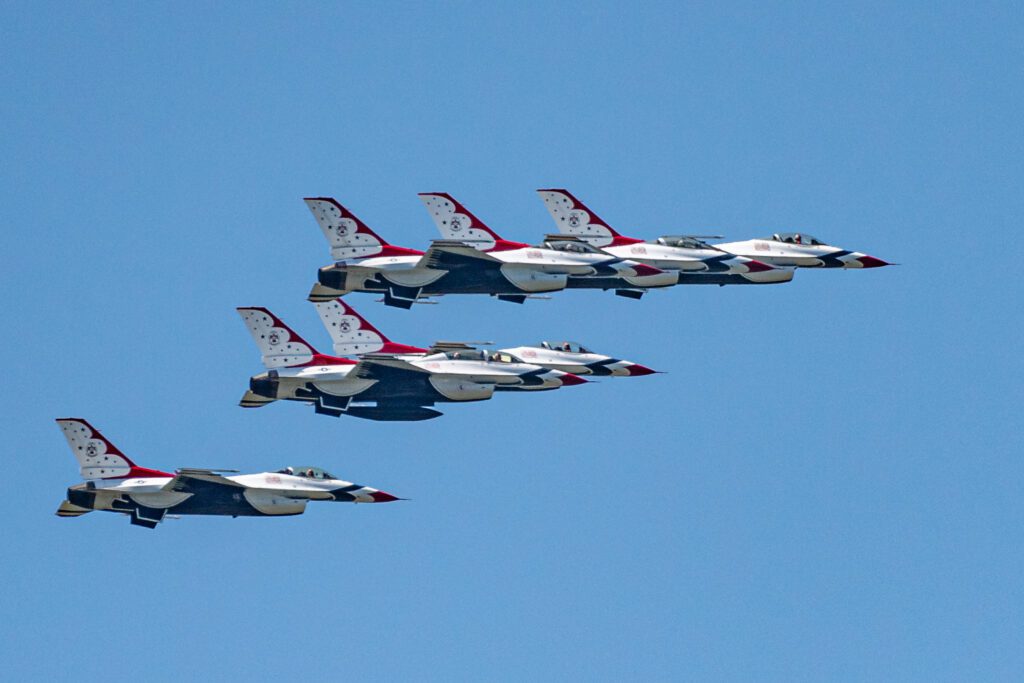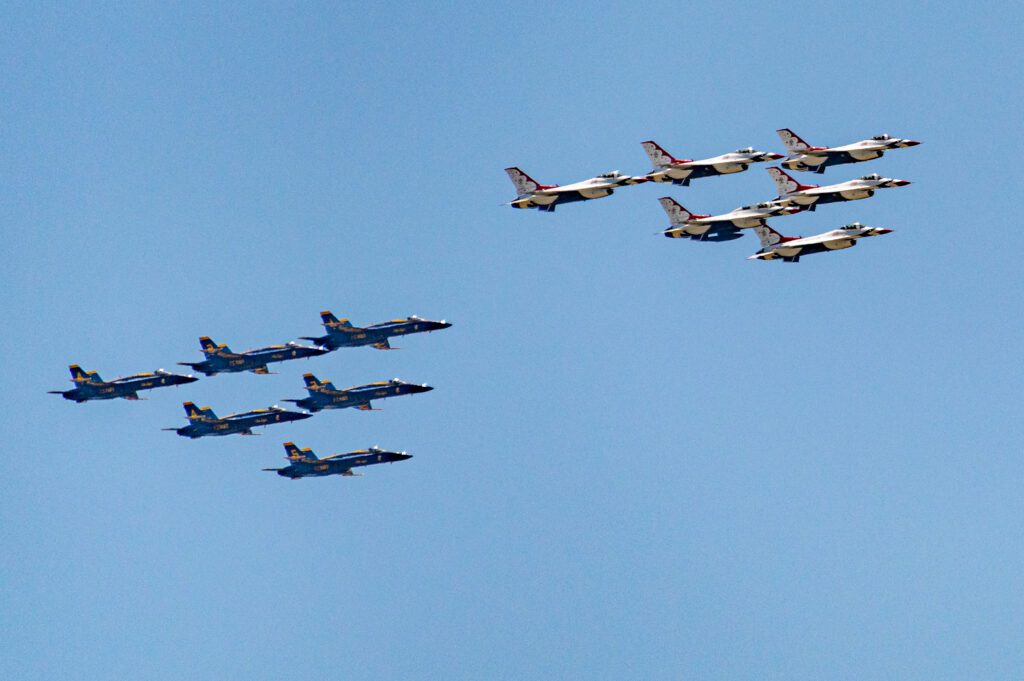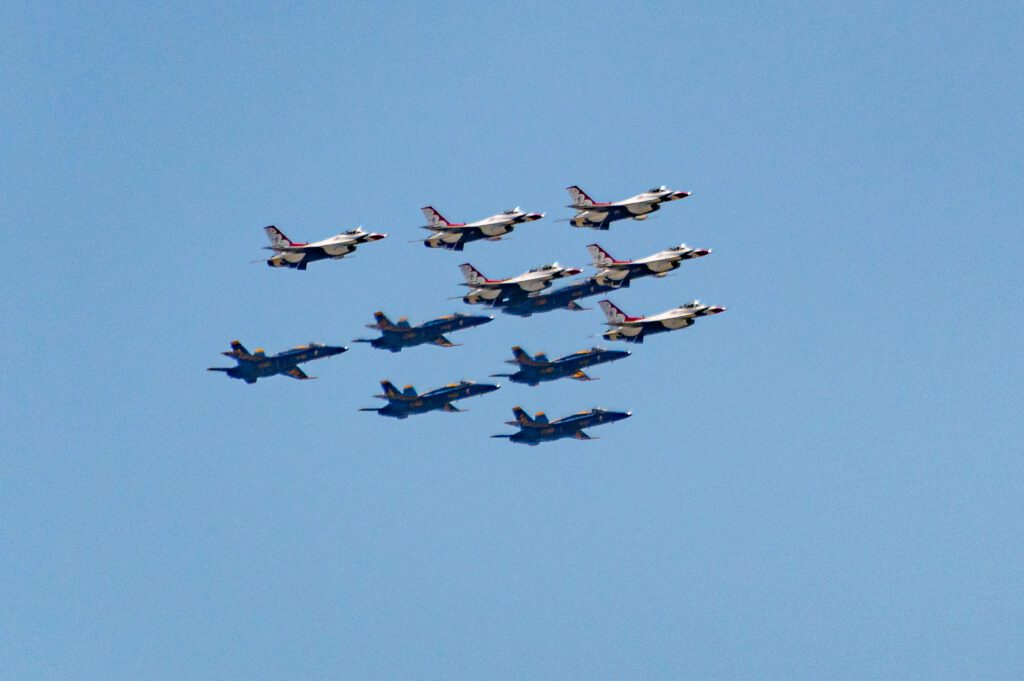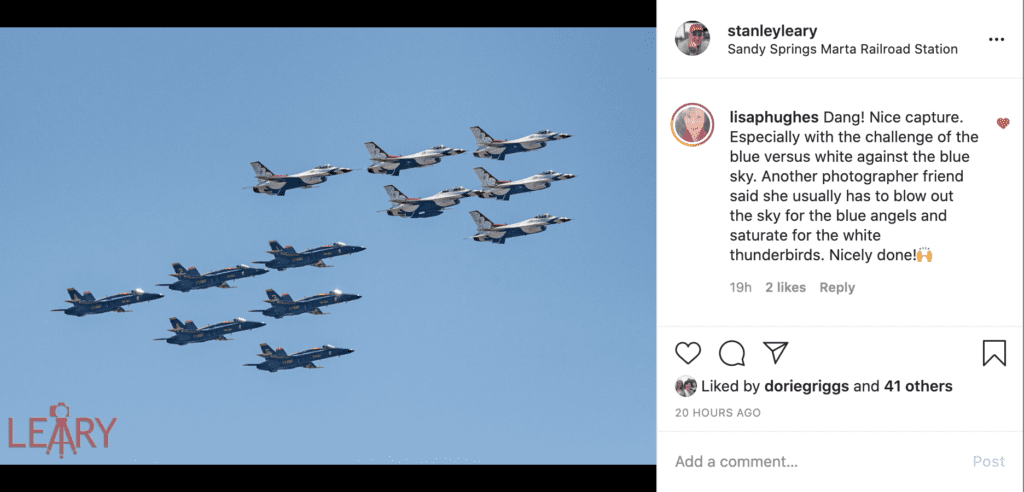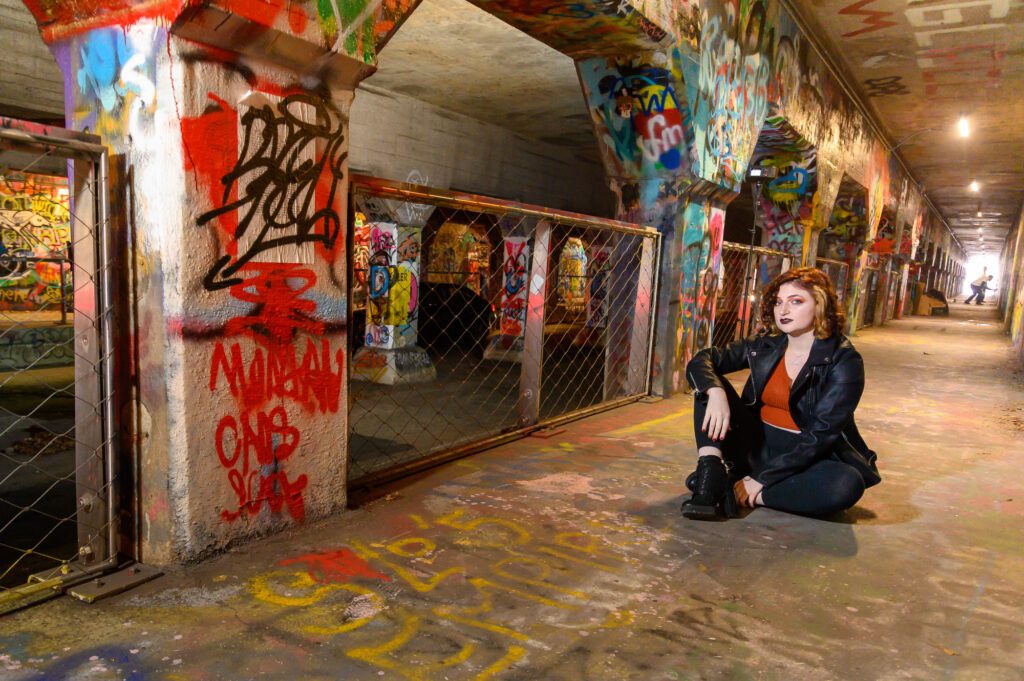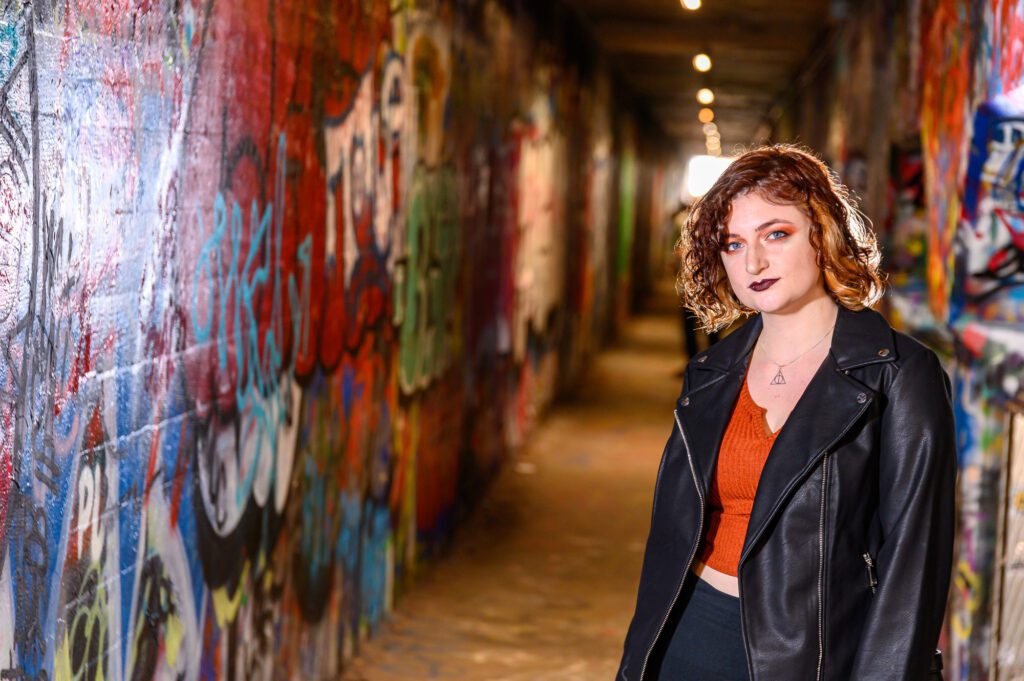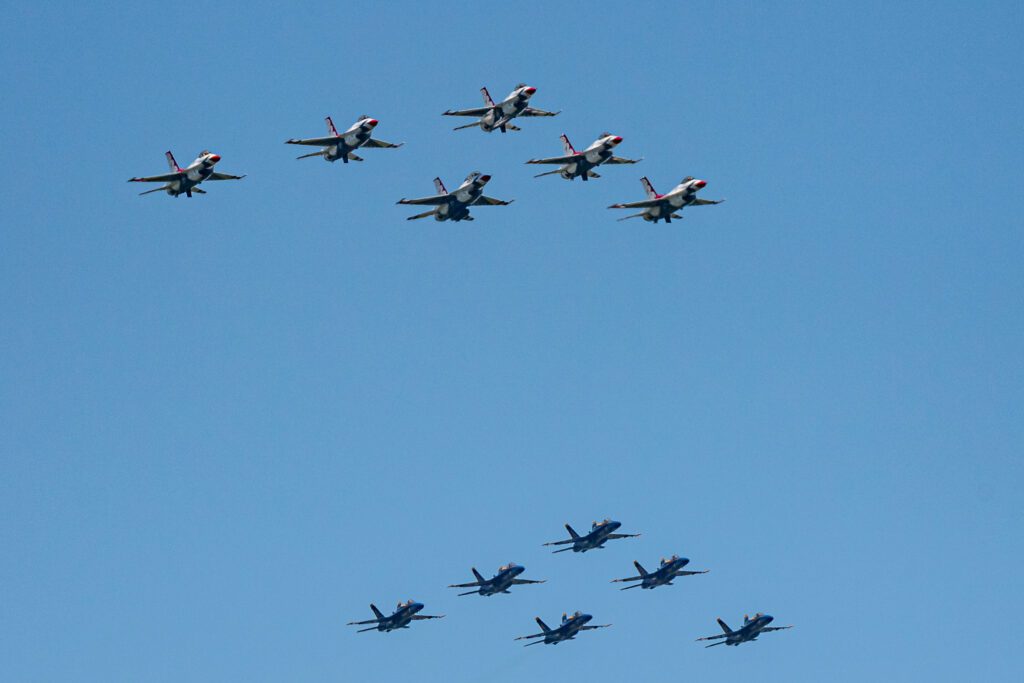The Scarlet Ibis makes its home in the Caroni Bird Sanctuary in the Caroni Swamp in Trinidad. [NIKON Z 6, 28.0-300.0 mm f/3.5-5.6, ISO 4500, ƒ/5.6, 1/2000, Focal Length = 300]
This story starts in Trinidad.
A little over a year ago in March 2019 I went to Trinidad to teach a Storytellers Abroad Workshop with Jeff Raymond. We were leading the workshop for Cedarville University student group led by Jeff Gilbert.
We were the outsiders needed help to navigate the country.
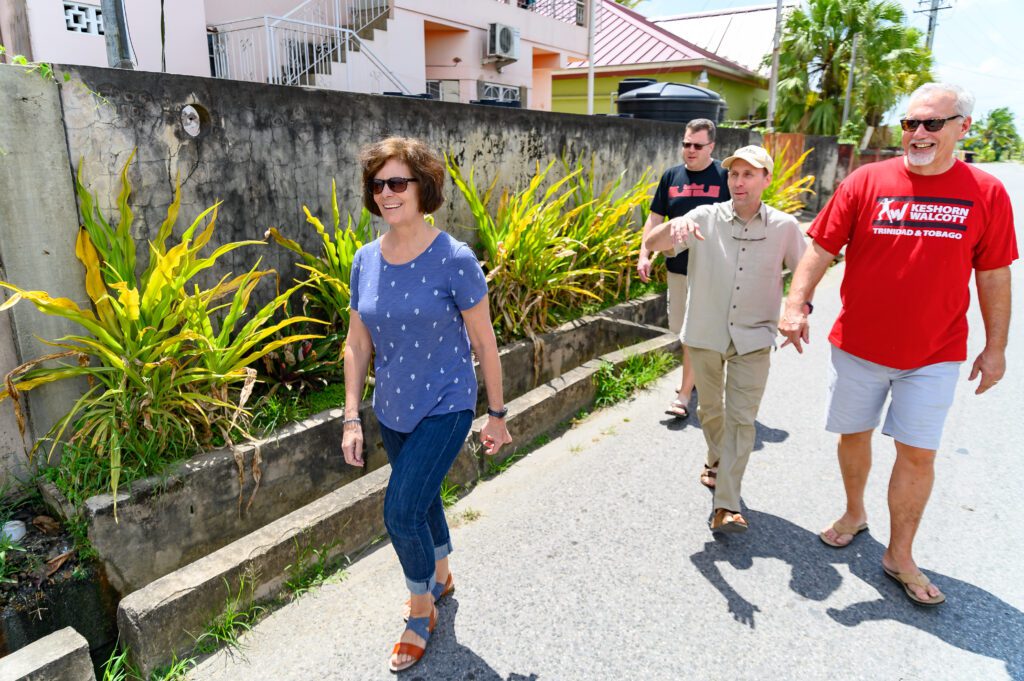
Our hosts who planned all of our accommodations and help find all of our stories was Scott & Lauralie Brock. We really hit it off and since then they had to return home to the states to take care of some of their family.
They relocated to Metro Atlanta in November of 2019.
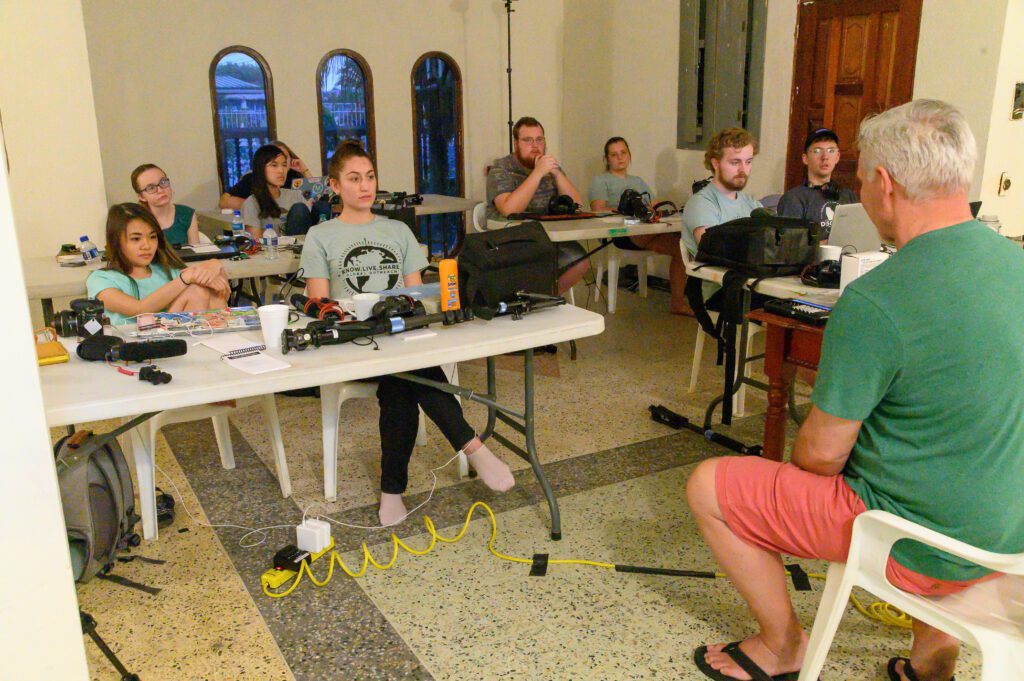
They felt called to work with the Afghan Refugees that had helped the US during the Afghan War and had to leave for their own safety came to Metro Atlanta to start over.
I wanted to help them during this pandemic to communicate to their supporters what they are doing now with so many restrictions to what they can safely do with their work.
Due to the people they work with cannot be shown for security reasons and practicing safe distancing we decided to just have them talk to the camera and share what is going on. Listen to how much they really love using their gifts of service to work with the Afghans.
What is wonderful about the Brocks is their “Go With The Flow” attitude. They are driven by their purpose, but are aware that the core element of developing a good relationship with others is the ability to listen and truly meet people where they are in life.
If you have gifts like accounting, law, nursing or anything else that you think they could use, connect with them. They could use a network of people that they have on speed-dial so they can just call to ask for help in answering questions to help the Afghans assimilate into American culture.
If you want to financially help support them and their work, then go here.
If you need to connect with them write to them: [email protected]

